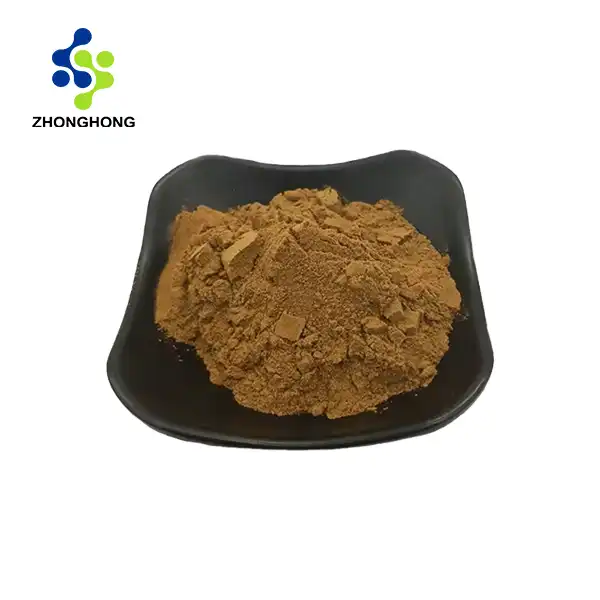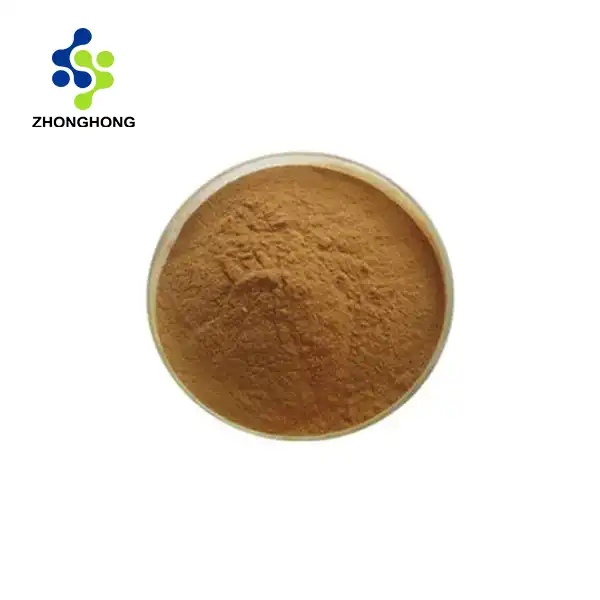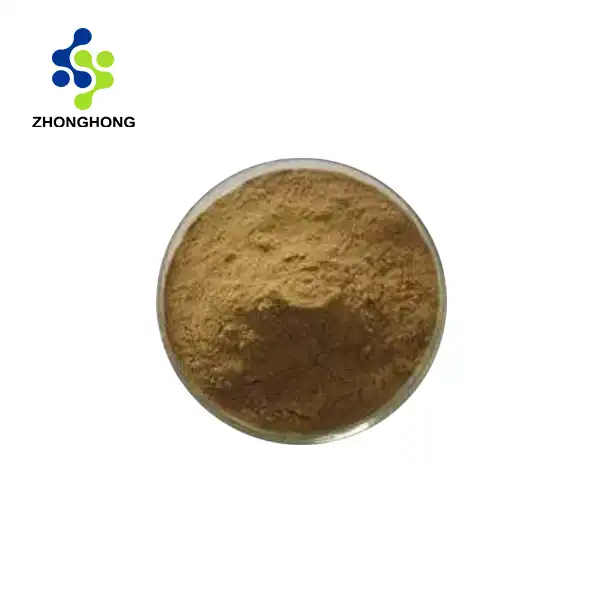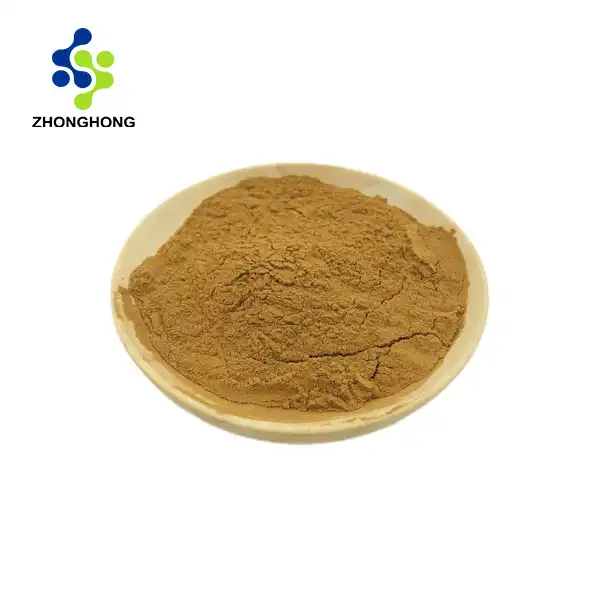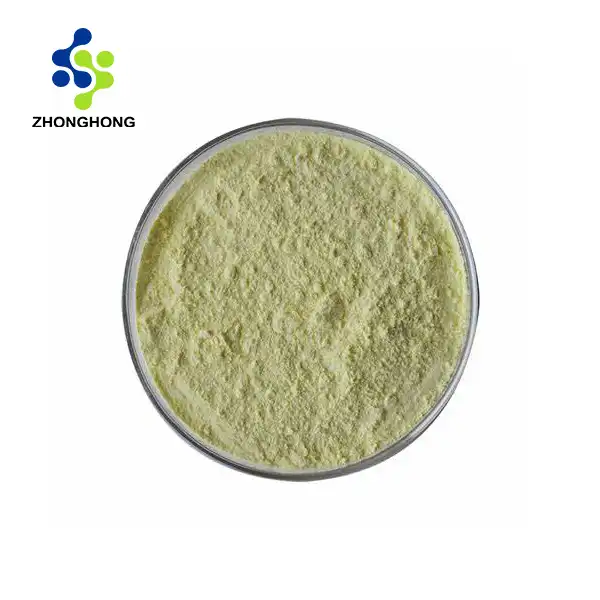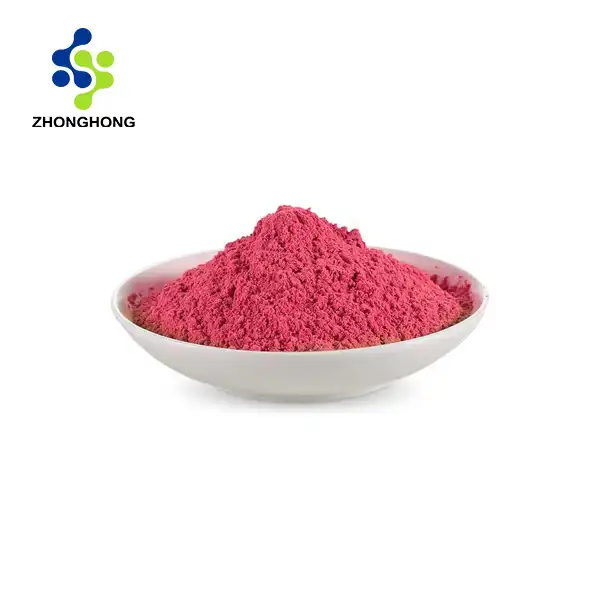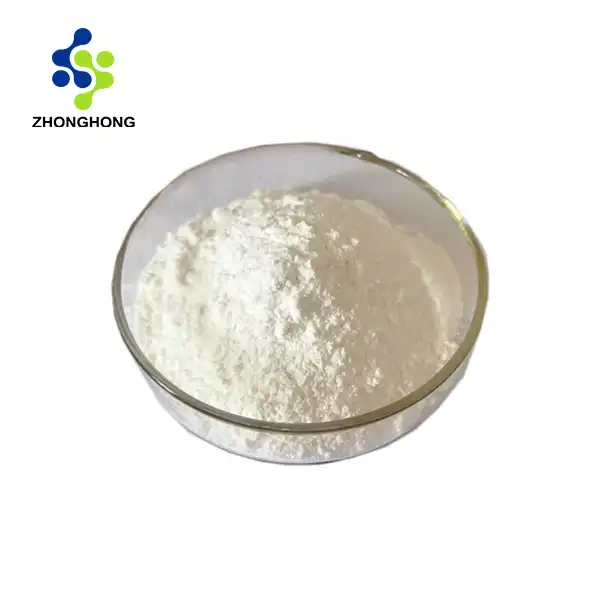Breakthrough in bio-based production of longevity vitamin, ergothioneine
2021-11-11
Introduction to the properties, uses, and production process of ergothionein. Ergothionein is a natural antioxidant that can protect cells in the human body and is an important active substance in the body. Natural antioxidants are safe, non-toxic, and have become a hot research topic. As a natural antioxidant, ergothionein has entered people's field of vision. It has various physiological functions such as clearing free radicals, detoxification, maintaining DNA biosynthesis, normal cell growth, and cellular immunity. Ergothionein is a natural molecule isolated from the rye ergot fungus and later discovered in rat red blood cells, liver, and many other animal tissues. Its antioxidant properties can provide potential for composite therapy, or it can be used as a food additive or cosmetic. Application: L-ergothionein is a natural molecule isolated from the rye ergot fungus and later discovered in rat red blood cells, liver, and many other animal tissues. Its antioxidant properties can provide therapeutic potential for the compound, or it can be used as a food additive or cosmetic. The principle of action is that ergothionein is transported to the important "energy factory" mitochondria through the transport protein OCTN1 on the cell membrane and mitochondrial membrane, exerting antioxidant function, inhibiting DNA damage, effectively protecting against UV damage, protecting cells, and preventing photoaging. At the same time, it has the ability to eliminate free radicals, reduce lipid peroxidation, and promote the body's own antioxidant enzymes. In terms of antioxidant ability, ergothionein is a strong contender that can compete against competitors of the same type, such as the formidable Coenzyme Q10 and Adiponem. The distribution range of ergothionein is found in certain tissues and organs of mammals, mainly in red blood cells (about 1-2 mmol · L) and semen of certain animals. Although there is no experimental research indicating that animals can synthesize this substance, there are certainly pathways for the absorption and retention of ergothionein in animal cells. For carnivores, ergotamine in animal tissues can provide dietary needs, and research has found that it is present in cereal plants. Ergothionein is a powerful hypochlorous acid scavenger (HOCl), and although many compounds can react with hypochlorous acid, few can react as rapidly as ergothionein. A1 anti protease inhibitors (APIs), such as elastase, are particularly sensitive to hypochlorous acid, and physiological concentrations of ergotamine can effectively protect APIs against inactivation caused by hypochlorous acid. As neutrophils are the main source of hypochlorous acid in the body, one of their functions is to protect red blood cells from harm from neutrophils in normal functioning or pathological inflammatory sites. The application of ergothionein has a wide range of uses and market prospects in fields such as organ transplantation, cell preservation, medicine, food and beverage, functional foods, animal feed, cosmetics, and biotechnology. It is also a highly protective and non-toxic natural antioxidant for cells, which is not easily oxidized in water, allowing its concentration in certain tissues to reach mmol and stimulating the cell's natural antioxidant defense system. Among numerous antioxidants, ergotamine is particularly unique because it can chelate heavy metal ions, which can protect red blood cells in the body from free radical damage. Ergothionine, a biologically active derivative of histidine betaine, is synthesized by certain bacteria and fungi. Ergothionene is commonly considered an antioxidant.
ecent Japanese research suggests that fermentation using engineered microorganisms may bring the production costs of ergothioneine, a vitamin-like antioxidant closely linked to longevity, down by up to 99%.
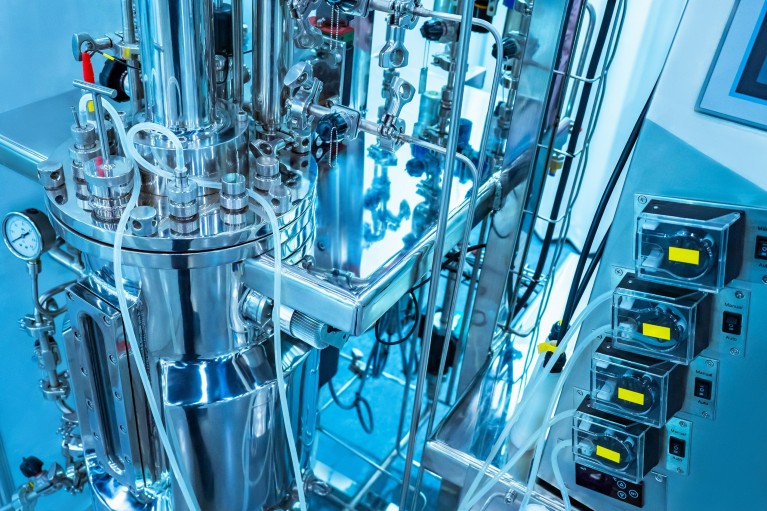
An industrial bioreactor cultivates microorganisms.© FOTOGRIN/Shutterstock
Ergothioneine is part of a group of compounds dubbed ‘longevity vitamins’ by the likes of Bruce Ames, a well-known expert in ageing and professor of Biochemistry and Molecular Biology Emeritus at the University of California, Berkeley. It’s argued that these compounds may form a new group of vitamins, as they may be essential to long-term health and must be absorbed through diet. Ames described this theory in PNAS in 2018. Recent studies show that ergothioneine eliminates many reactive oxygen species and may slow the development of wrinkles, frailty and cognitive decline in aged populations, explains Takeshi Nakatani, a lead researcher at Japanese chemicals trading firm, NAGASE & CO., LTD. Low levels of ergothioneine have also been linked to mild cognitive impairment, Parkinson's disease, cataracts and cardiovascular disease.
“Ergothioneine is made by mushrooms and a few microorganisms, but the human body has a mechanism that specifically imports and accumulates ergothioneine in cells and organelles susceptible to oxidative stress and inflammation, such as the brain, skin, eyes and liver,” says Nakatani. The 2005 discovery of this transporter made it a hot topic of research, but industrial development has been limited by the compound’s cost.
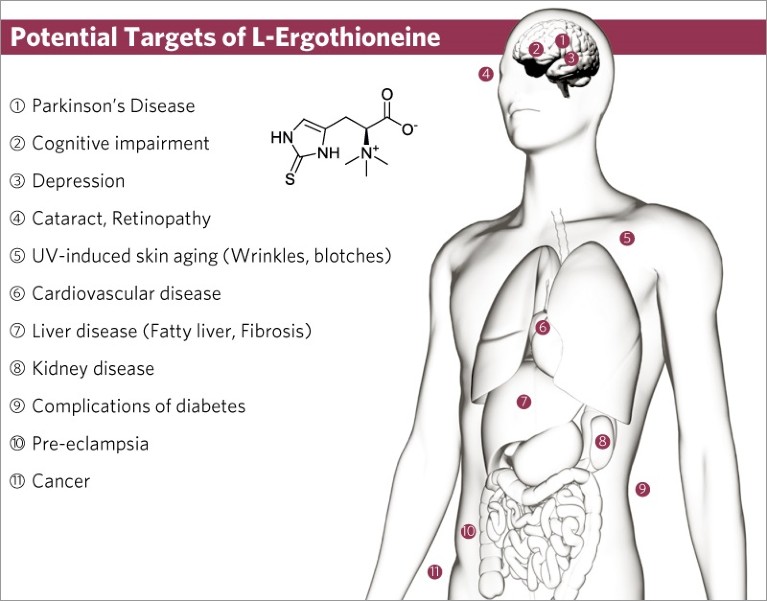
© ikonacolor / PIXTA; Jolygon / PIXTA
When ergothioneine research kicked off at NAGASE in 2014, a kilogram cost nearly US$1 million. “The amount in mushrooms is negligible, and organic synthesis has an environmental impact, so neither meets our sustainability goals,” Nakatani adds. He says that by modifying biosynthetic pathways in bacteria and optimizing fermentation, his team was recently able to increase production efficiency by a factor of approximately one thousand.
Leading production levels
NAGASE’s involvement in the Smart Cell Project, a Japanese effort to encourage production using microorganisms and plant cells, has been critical. Research partnerships, says Nakatani, have given them access to cutting-edge enzyme design and metabolic analysis technologies. “As a result, I think we’re looking at productivity many times higher than recently reported by other Japanese and European teams,” he says.
Recently, NAGASE, along with research partners from the Smart Cell Project, also identified genes associated with pumping out ergothioneine through cell membranes. “A crucial aspect is to get the cell to export the compound so that we can efficiently process it downstream,” Nakatani explains.
“Now it’s about scaling up to industrial production,” he adds. Adjustments to cell design continue; NAGASE’s own high-throughput system is facilitating optimizations as it evaluates several thousands of cell lines each week. The firm is in talks with businesses in the food, cosmetics and pharmaceutical industry.
This research is part of Japan’s Smart Cell Project, which is run by the New Energy and Industrial Technology Development Organization (NEDO).
YOU MAY LIKE
_1728976869676.webp)
